Horticultural charcoal, often referred to as charcoal or biochar, is beneficial for growers of rare plants for several reasons:
- Soil Amendment: Horticultural charcoal can improve soil structure and texture, enhancing aeration and drainage. This is particularly important for rare plants that may be sensitive to waterlogged conditions.
- Nutrient Retention: Charcoal has a porous structure that helps retain nutrients, making them more available to plant roots. This is beneficial for rare plants that may require specific nutrients.
- pH Regulation: Charcoal can help stabilize soil pH, creating a more suitable environment for the growth of certain rare plants that might thrive in slightly acidic or neutral conditions.
- Microbial Habitat: It provides a habitat for beneficial soil microbes. The presence of these microbes can enhance soil health and promote plant growth by aiding in nutrient cycling and disease suppression.
- Carbon Sequestration: Charcoal is a stable form of carbon that can help sequester carbon in the soil, contributing to overall soil health and sustainability.
- Odor Control: Horticultural charcoal can help reduce odors in potting mixes, which can be beneficial in confined growing spaces.
- Improved Water Retention: While charcoal drains well, it also has the ability to hold some water, providing a balanced moisture level that can benefit rare plants.
- Contaminant Absorption: It can absorb toxins and other harmful substances in the soil, improving the overall health of the growing environment.
Using horticultural charcoal can create a more favorable and sustainable growing medium for rare plants, thus promoting better growth and health over time.
AgriCarb-GAC is a low activation level granular activated carbon produced from macadamia nut shells using an autogenous steam activation process. Macadamia nut shells are sourced locally as a waste material from the annual harvest of macadamia nuts. AgriCarb-GAC is therefore produced from a sustainable and renewable source. The end product is a high-density carbon structure with a developed internal porous structure, lending itself towards adsorption processes.


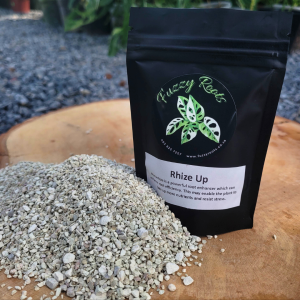

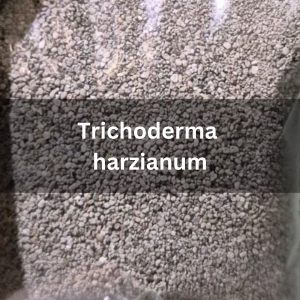
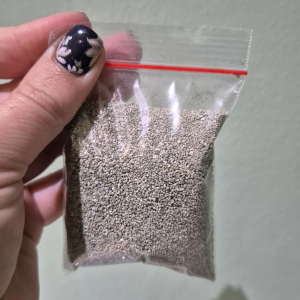
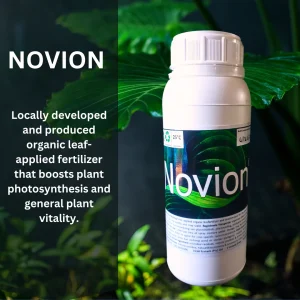
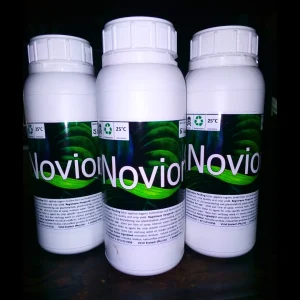
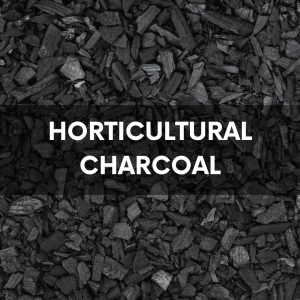
Reviews
There are no reviews yet.